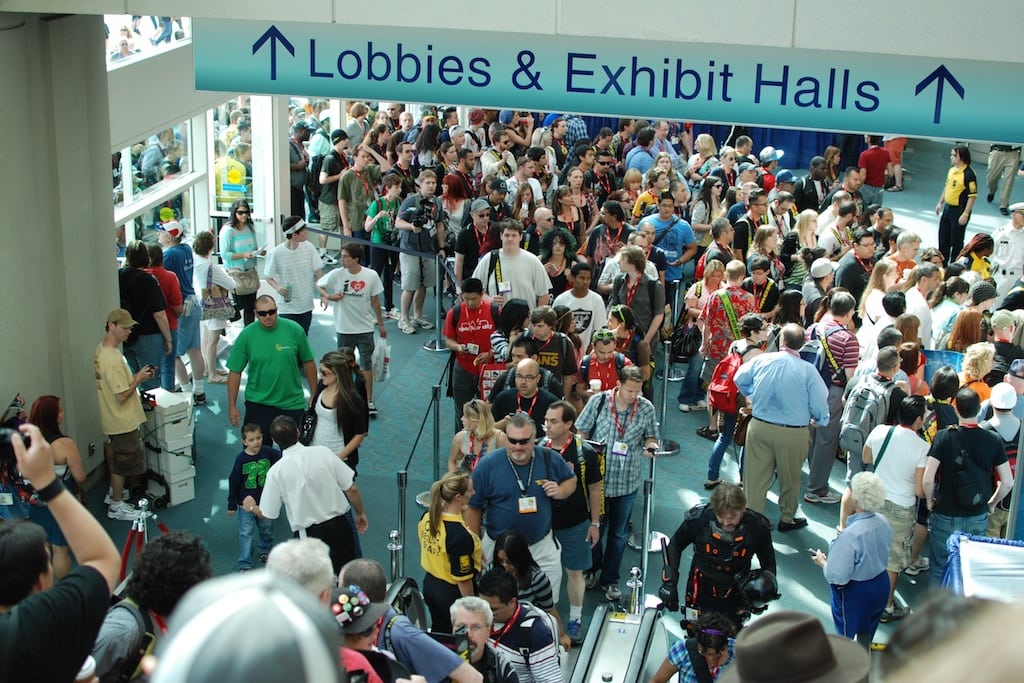Skift Take
Hailed as a panacea to streamline the bidding process that would make venues and meeting planners more productive, electronic requests for proposals still have a long way to go.
When meeting planners wanted information about a venue in the old days, they wrote up a request for proposal, or RFP, and faxed it over. Hotels, convention centers, or convention and visitor bureaus took a look at the request, determined if the needs could be met, and faxed or mailed a reply. The process was time-consuming on both sides.
When electronic request for proposal tools hit the market in the late 1990s, they were seen as a modern time-saver. It hasn’t quite worked out that way. While they are widely used, there are still planners who prefer the traditional method, now using email rather than fax. On the other end of the spectrum, some planners use new systems to the fullest, overwhelming suppliers with queries, which creates another set of problems.
There’s been no comprehensive research on the use of electronic requests; information is largely anecdotal, and the answer may depend on whom you ask. So we asked several meetings professionals, on both sides of the divide, about their views.
Those offering automated solutions really want you to think the future is now, but the reality is more nuanced.
“I would say electronic request for proposals are used widely by some segments, like planners who prefer or need to send request for proposals out of a company-approved system” said Christine Shimasaki, president of 2Synergize and chair of the Convention Industry Council’s APEX Workgroup on eRFP. “There are also planners using other websites, such as the websites of convention and visitor bureaus and hotel brands where a planner can send their request for proposals electronically.”
Sara Stark Mikolich, owner of Stark Group, continues to send out a Word document that includes specifics on her client’s needs. Mikolich said she prefers her own format to a rigid form letter.
“I haven’t had anyone say that they wouldn’t look at the business because of the type of document I submitted,” said Mikolich.
Mae Hill is the senior national sales manager for the New Orleans Convention Center, the kind of large multi-use venue that seems ripe for electronic methods, but she says the center still receives requests on multiple channels.
“We kind of take it in every direction,” said Hill. “We get everything from the call-in leads to emails, to being sourced on platforms like Cvent or Starcite, and we do have a form on our website.”
Hill collects data on the source of leads, but electronic request for proposal is not a category. Her experience is that she receives about 50 percent of the requests through online platforms or electronic request for proposal, while the remainder arrives through traditional email or the convention and visitors bureau. Even when the request comes via electronic request for proposal, Hill says that oftentimes her office responds with a traditional full-city bid, done collectively through the bureau when appropriate.
Tail wagging the dog?
Shimasaki said that planners and venues drive each other toward a preferred platform; there are benefits and challenges on both sides.
Planners have the advantage of standardized responses, which eases comparison-shopping. On the venue side, Shimasaki said the system is beneficial as long as there is integration with their sales system.
“Otherwise, it will be time consuming for them to re-enter the information and manage the event information and quotes in two different systems,” she said.
While some planners complain that the system doesn’t allow for nuance or customization, overzealous or inexperienced planners often swamp venues with requests.
“The big problem is electronic request for proposal spam,” said meeting planner and expert Corbin Ball. “It is nearly as easy to send out 100 requests for proposals as it is one. Hoteliers can be overloaded and, if they are not certain of the source, may delay or not respond at all.”
Will platforms be the solution?
If lack of cohesion or integration presents a challenge to the wide use of electronic requests for proposals, an obvious solution is to have one universal system — an aggregator that can be tailored to the needs of individual suppliers and planners.
“The best example I can use is PayPal,” explained Bharet Malhotra, senior vice president of Cvent’s Hospitality Cloud. “Whether I’m on Amazon, Nike.com, or at my local coffee shop, I can use my same PayPal account. So we developed a white-label product that really simplifies the solution.”
Malhotra said one of the goals of Cvent’s product is to make things easier for the buyer, who he called the currency of the system. He believes hotels and venues agree with that assessment and want aggregation to solve the clutter.
“The whole idea of aggregation on the business-to-business side is relatively new,” Malhotra said. “If you think about people buying stuff on e-commerce sites 15 years ago, it was new and people were scared to put their credit cards online. We’re not in that nascent stage, but there is an adoption curve that is ongoing.”
Shimasaki agreed that educating planners is one solution to the challenges. She said planners want and need competitive responses to requests for proposals regardless of how they’re delivered. At the same time, planners need to be able to communicate the value of the meeting to the convention and visitor bureau, convention center, or hotel.
“The experience between planners and [venues] has not evolved experientially,” said Shimasaki. “It’s basically time-consuming, systems don’t talk to each other seamlessly, there is always missing information needed by both planners and suppliers. It’s frustrating overall. Plus, there are so many middlemen in the process today, including hotel sales people who need to go to revenue management for decisions related to the offer.”
Have a confidential tip for Skift? Get in touch
Tags: conventions, events, meeting planners, meetings
Photo credit: The San Diego Convention Center. Robert Ziegler / Flickr
